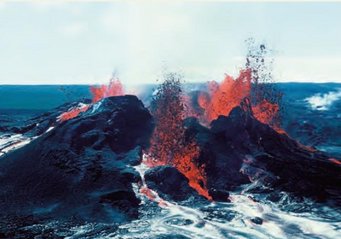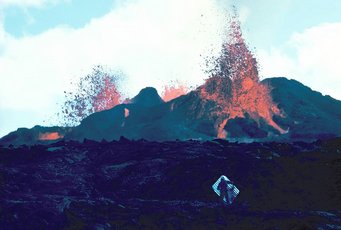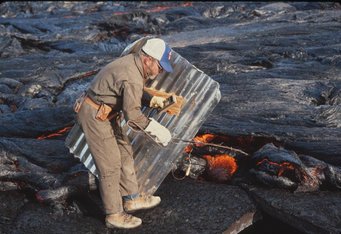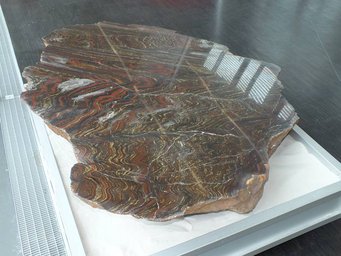The Formation of the Earth
Station 11
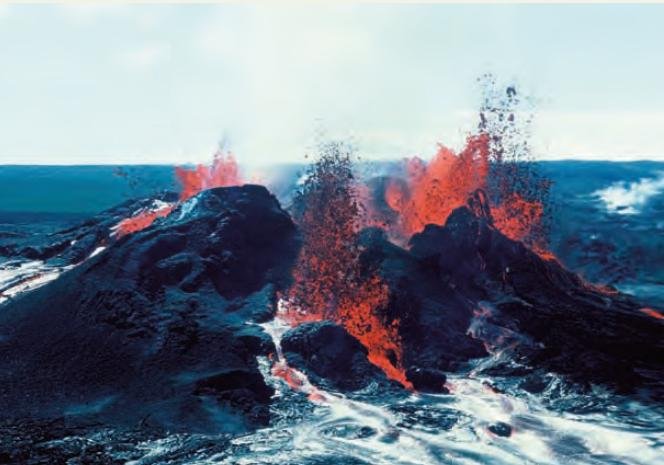
On being appointed to the MPI for Chemistry, Christian Junge, director of the Department of Atmospheric Chemistry until 1978, called for the creation of a Department of Geochemistry at the Mainz Institute. This department was set up in 1980 by Albrecht Hofmann. Research focussed on the chemical properties and the development of the Earth’s crust, mantle and core.
Geological processes such as the formation of volcanic islands and the development of the world’s oceans were investigated based on the isotopic abundances of natural radioactive decay and the distribution of trace elements in rocks and minerals.
The theory that many volcanoes on oceanic islands such as Iceland and Hawaii were formed as a result of a kind of geological recycling came from Albrecht Hofmann. Ac-cording to his theory, the ancient ocean floor that sank into the Earth’s mantle billions of years ago is reemerging as a result of convection currents within the mantle.
Since the department was closed in 2005, some subjects have been further pursued by the Department of Biogeochemistry. For instance, glass sponges and stalagmites can shed light on the climates of past millennia.
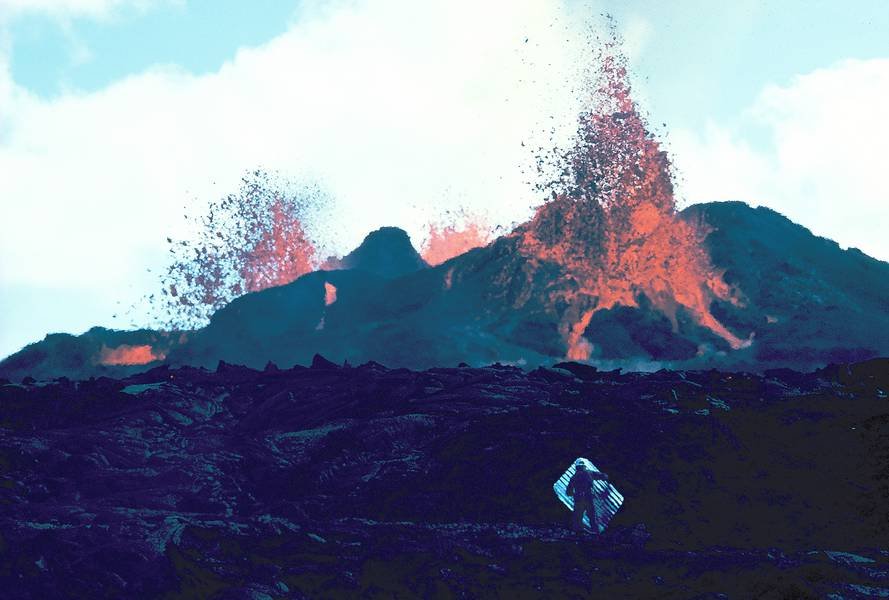
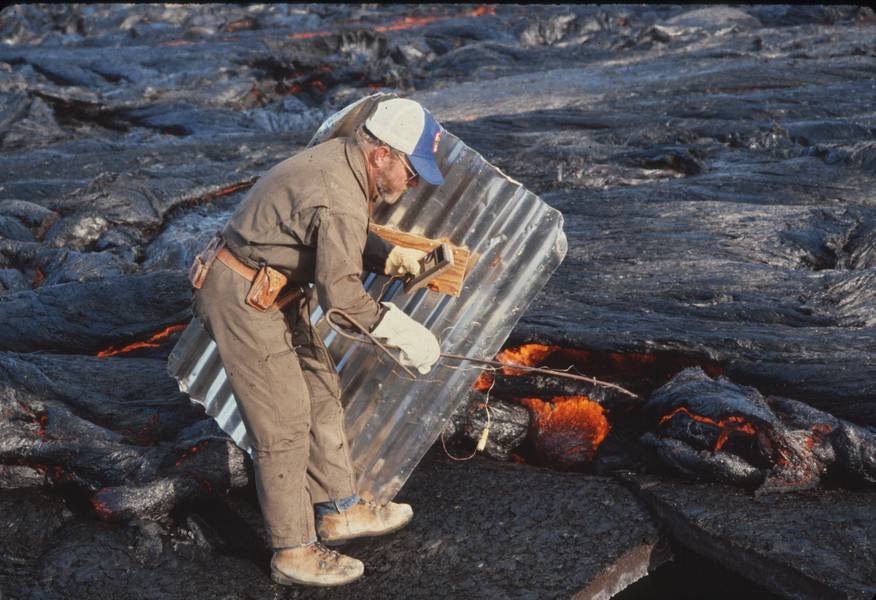
Banded Ore
Exhibit 11: Banded stones
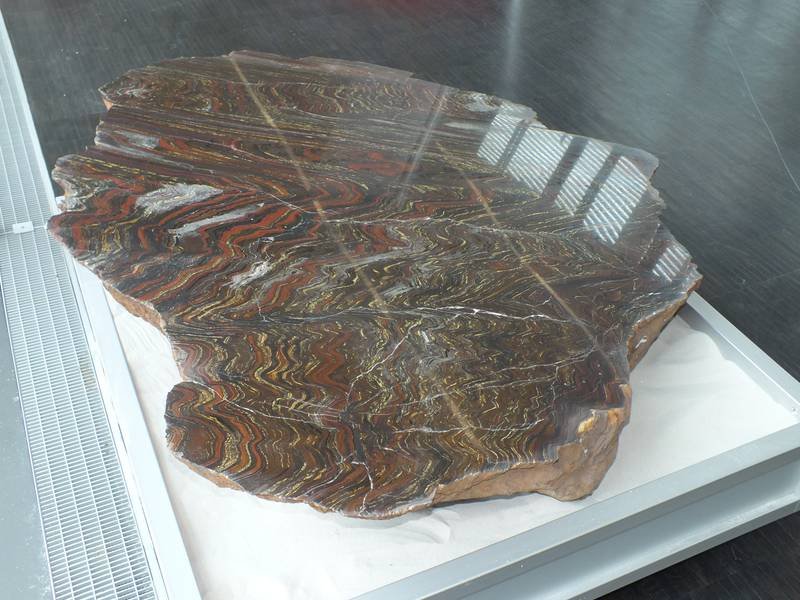
The 750 kilogram stone is a banded iron ore sourced from a 3.6 billion year old rock formation in the Pilbara region of Western Australia. The name “banded ore” is derived from the typical structure of the ore, which formed as alternating layers of iron oxide and chert (quartz) deposited on the ocean floor. Such banded ore deposits are currently the most significant iron ore deposits in Australia.
However, the formation of banded ores is still not fully understood. During their formation, the Earth had limited free oxygen. The atmosphere consisted primarily of nitrogen and carbon dioxide – conditions in which only microorganisms such as cyanobacteria are thought to have lived. In the oceans, they produced the first oxygen through photosynthesis, and this oxygen oxidized dissolved iron in the water to magnetite and hematite. The iron, for its part, came from volcanic eruptions and dissolved in high concentrations in what was probably acidic ocean water.
It is thought that the Earth has had periods of oxygen and periods of no oxygen. As the dissolved iron in the water was consumed by oxidation, oxygen concentrations increased. If the concentration became too high, the cyanobacteria would die. Overall, it was the oxygen produced by photosynthesis that created the conditions for more complex life forms.
The former Schidlowski working group in the Department of Atmospheric Chemistry at the MPI for Chemistry demonstrated bacterial photosynthesis beginning in the Archean eon using carbon isotope analysis.
